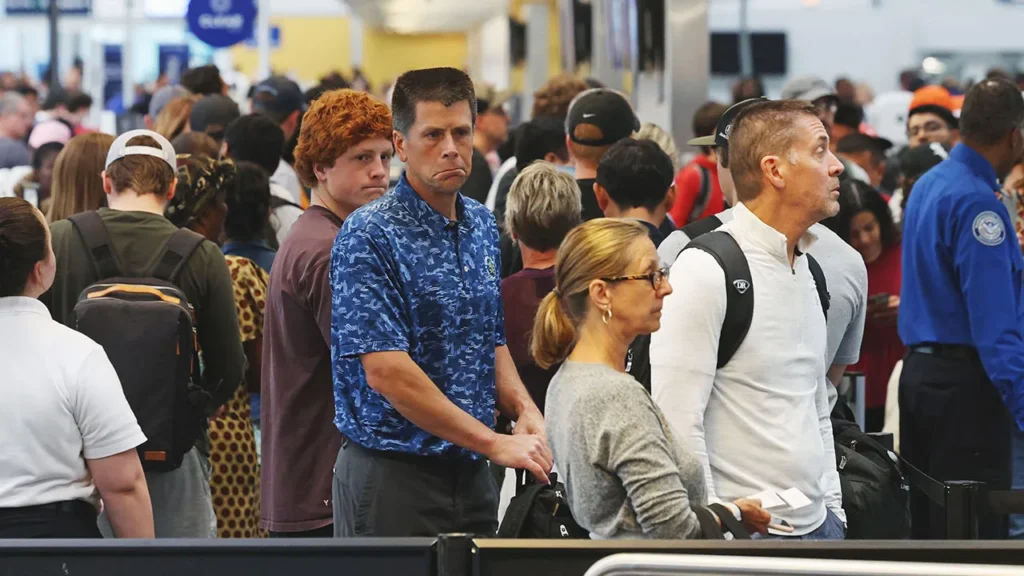When it comes to air travel, the term “American airport” encompasses a vast network of highly developed, strategically located, and globally connected aviation hubs across the United States. From coast to coast, American airports serve millions of passengers each year, offering world-class facilities, efficient services, and top-tier connectivity.
A Diverse Network of Airports
The United States is home to over 5,000 public airports, with hundreds of them designated as commercial service airports. These range from major international hubs like Hartsfield-Jackson Atlanta International Airport (ATL), Los Angeles International Airport (LAX), and John F. Kennedy International Airport (JFK) to smaller regional airports that connect remote areas to the national airspace system.
Each American airport plays a vital role in not just domestic travel, but also in global connectivity, cargo transport, and economic development.
State-of-the-Art Facilities
Modern American airports have evolved to provide more than just basic travel services. Today, travelers can expect:
- Advanced security systems
- Digital check-in and biometric screening
- Luxury lounges and fine dining
- Shopping areas featuring both local and international brands
- Real-time flight tracking through mobile apps
Airports like Dallas/Fort Worth International Airport (DFW) and San Francisco International Airport (SFO) set global standards for sustainability, passenger comfort, and innovation.
Economic Impact and Employment
American airports are economic powerhouses. According to the Federal Aviation Administration (FAA), they contribute over $1.4 trillion annually to the U.S. economy and support millions of jobs in aviation, tourism, logistics, and related sectors.
Challenges and the Future
Despite their strengths, American airports face ongoing challenges like aging infrastructure, increasing passenger demand, and the need for sustainable practices. Fortunately, federal investments through programs like the Airport Improvement Program (AIP) are helping modernize facilities and expand capacity.
Conclusion
An American airport is far more than just a travel hub—it’s a gateway to global culture, commerce, and opportunity. As technology and travel trends evolve, these airports are poised to become even more efficient, sustainable, and passenger-friendly in the years to come.
